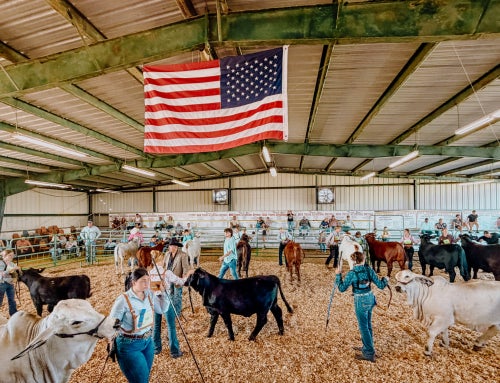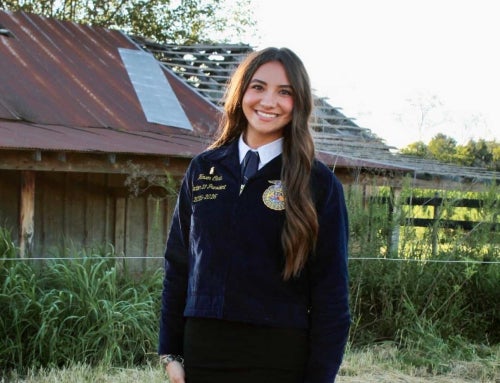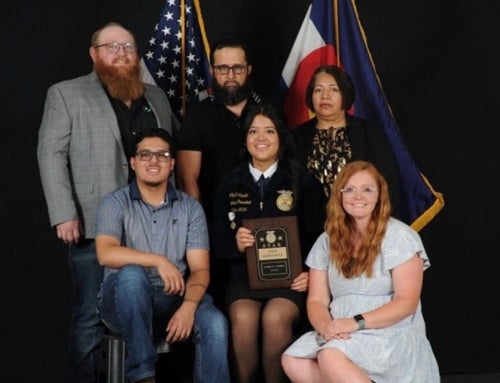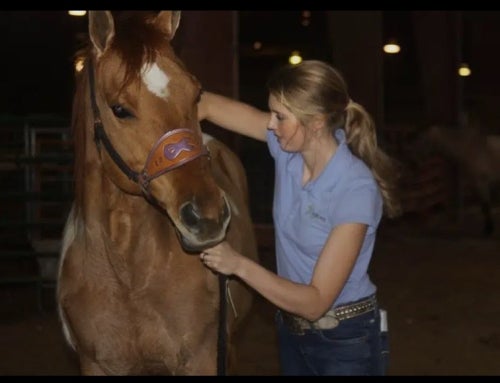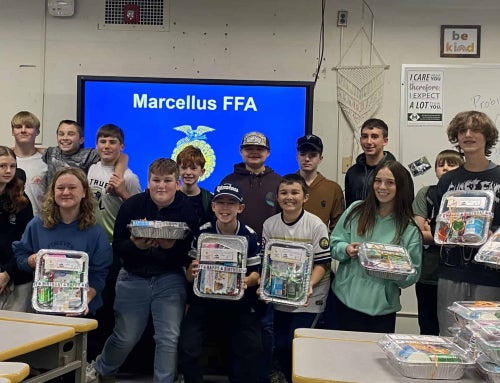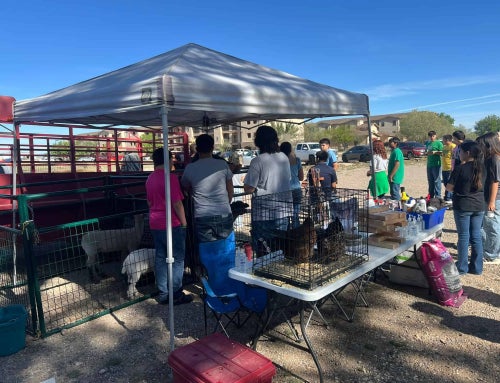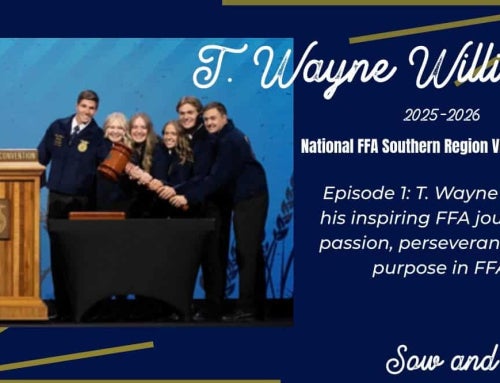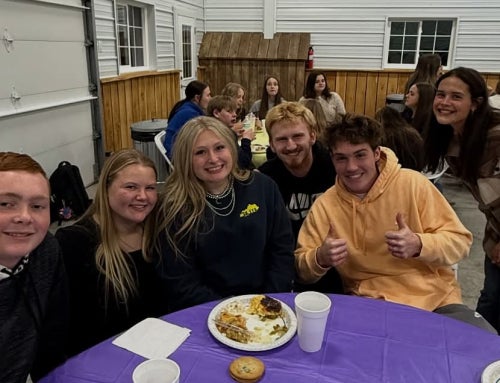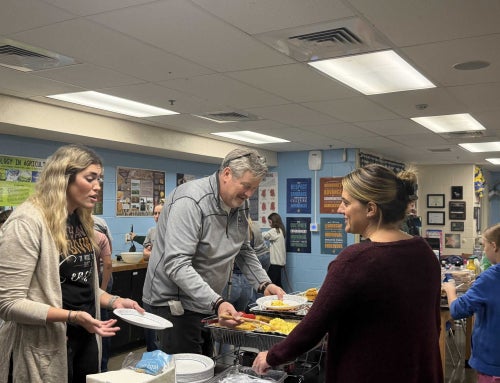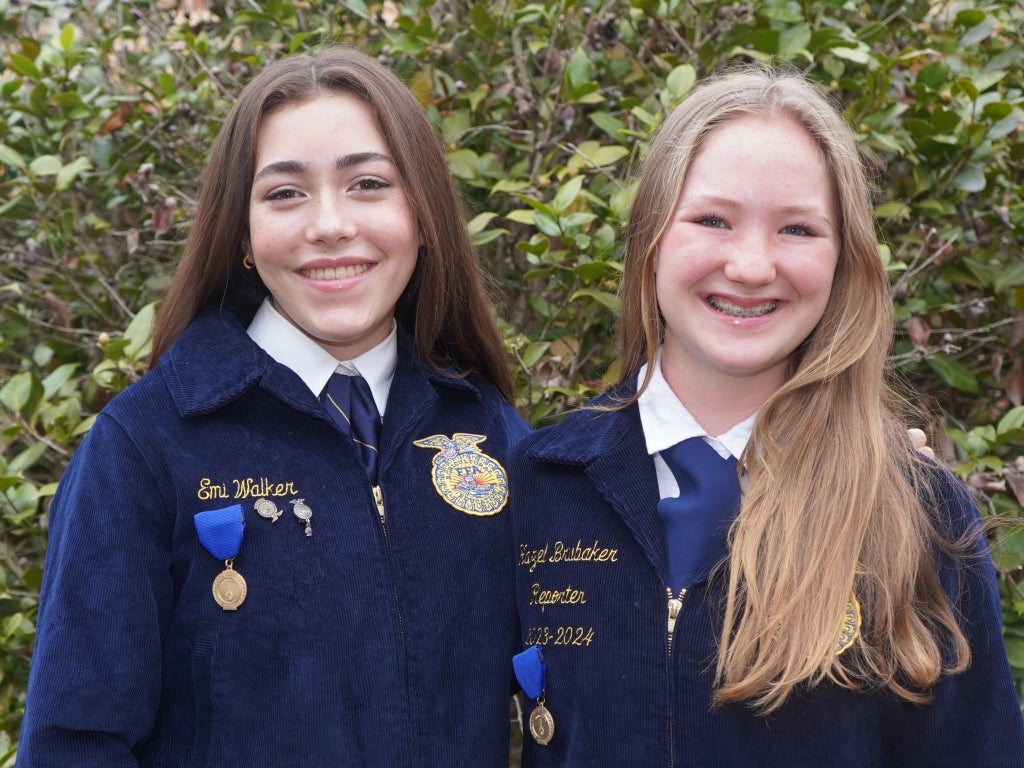
Starting in 2023, Emi Walker, a member of the Malcom Bridge FFA Chapter in Bogart, Ga., developed her agriscience project for the 2022-23 school year. After winning first place in the Georgia FFA Agriscience Fair in the plant systems division, Walker had the opportunity to compete on the national stage.
Every year, members from around the United States, including the U.S. Virgin Islands and Puerto Rico, get a chance to compete at the National Convention & Expo. Like Walker, members who take first prize in their respective state’s competition will compete on the national level.
This was the first time Walker had the chance to compete at t
he national level. When she took first place in her division, she knew she’d continue the project in the future.
New Beginnings
A year later, Walker was a member of the North Oconee FFA Chapter. She decided to develop her project into something more extraordinary. “This has never been done before,” she says in regard to her new project, titled “The Effect of Folic Acid on Soybean Resistance to Soybean Cyst Nematode.”
The purpose of her project was to determine if soybean plants that have a folate deficiency caused by impaired folate binding sites on the SHMT8 enzyme are genetically resistant to soybean cyst nematodes (SCN). She tested if adding exogenous folic acid to soybean plants with a folic acid deficiency would result in an effect on the virulence of SCN.
Her hypothesis before she began the experiment was, “Folate deficiency in resistant soybean varieties results in lower counts of mature soybean cyst nematodes on infected plant roots; by adding exogenous folate, I predict that SCN infection will be more virulent, resulting in more mature SCN.”
After determining her hypothesis, Walker began her experiment. The experiment was a long and strenuous task. Walker says testing alone took around a month, but the entirety of the project took around three months (February to April).
Walker conducted her experiment in a University of Georgia laboratory with the help of Dr. Melissa G. Mitchum. With Mitchum’s guidance, Walker’s method became clear.
Placing two batches of infected soybeans and uninfected soybeans — testing for the reaction to folic acid to one or the other — showed the results. While waiting on many other factors, such as germination and the right conditions, Walker got the percentages of how much things changed.
She found in her results that, on average, there was a slight increase in shoot weight in replications treated with folic acid. Otherwise, there was no significant variation in the weight between the inoculated and uninoculated soybeans, meaning her hypothesis was proven correct.
However, Walker mentioned this study has never been replicated. Without many replications, evidence and results can’t be backed up from one project alone. She wishes plant scientists in the future see her project as a way to recognize what could be done and what could be learned from it to better help the soybean industry.
Giving Thanks
For her Supervised Agricultural Experience (SAE), Walker appreciates all the people who have helped her reach the goals she set for herself in the very beginning of this project. She thanks her agriculture advisors, Tim Griffeth, Brandon Walker and Emily Courson, as well as her parents, Rebekah and John Walker. She also gives special thanks to Dr. Melissa G. Mitchum, Jacob Mekidani Salu and Vinavi Lakshman for helping conduct her experiment and for use of the Melissa G. Mitchum Laboratory.


